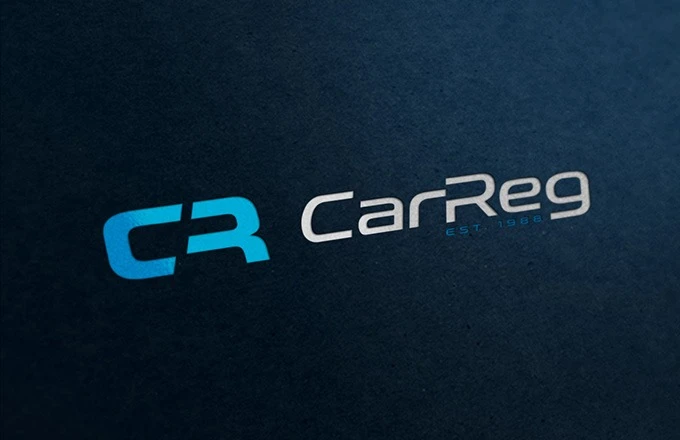There are many outlets in which we can express our individuality, such as in clothing or choice of car. But did you ever think about your own number plate?
We see them every day, and some are more memorable than others.
From the true icons that player movie screens to the random, generalized numbers plastered on the backs of the car stopped dead in its tracks in front of you — number plates can make a statement.
But that begs the question — how are these number plates made?
A Brief History on Number Plates:
The Motor Car Act 1903 was created by the government to help track and personalise cars,and alas, the first number plate in existence. During this time, number plates consisted of a one or two-letter code followed by a number between 1 and 9999, the first ever being number plate 'A1', which was issued in London.
When A-Z ran out with the number of cities, two letters were used such as AA. Rather than being assigned randomly, number plates were associated with the area of living. All letters of the alphabet were used except for ;etters G, I, S, V and Z that were reserved for Scotland and Ireland. As number and letter combinations ran out, various reformatting and numberings happened up until the most recent new number plate scheme, which was introduced in 2001.
But before we dive into the new-and-improved number system, let’s take a deeper dive into the actual manufacturing of these number plates. What makes them stand out?
Manufacturing number plates:
Most number plates start off as a plastic blank, fresh and clean and waiting to be printed on.
On top of this blank slate is printed a reflective material to help the stamped number and letter combination stand out.
And that’s exactly what happens. Whether purchasing your own, personalised number plate or acquiring a general plate, the combination is stamped onto the metal, providing raised edges that are then filled in with ink.
The final step in the number plate creation process is the addition of a clear, protective coating that gives the sign its shine and gleam.
Let’s learn more about the raw materials that turn seemingly-scratch supplies into highly-admired pieces of art.
Design:
The design of number plates are designed out of sheets of perspex, pre-printed and coloured reflective and adhesive sheeting, and paint. The aluminum rectangles are usually pre-cut to a standard size and thickness by metal manufacturers and then are sent to correctional institutions or other plate makers to finish designing them. The government has set rules for all details of number plates from the color and reflectivity of the number plates, to fonts and character size, the borders and images, and more.
Numbering System:
As far as the number plate system — unless purchasing your own personalised design — the process is very cut and dry.
The current numbering system for number plates is made up of three distinct parts:
- Local memory tag: The first two letters show where the vehicle was registered. The first represents the region and the second a DVLA local office.
- Age identifier: The next two numbers show the age of the vehicle down to a six month period - March to August or September to February.
- Random letters:The last three letters are random for a unique car identity number.
Next time you are looking at the car in front you, you can admire their unique number plates and think about how you’ll personalize your next ones!
Want to learn more about number plates? Check out our auto blog for the latest automobile news.


